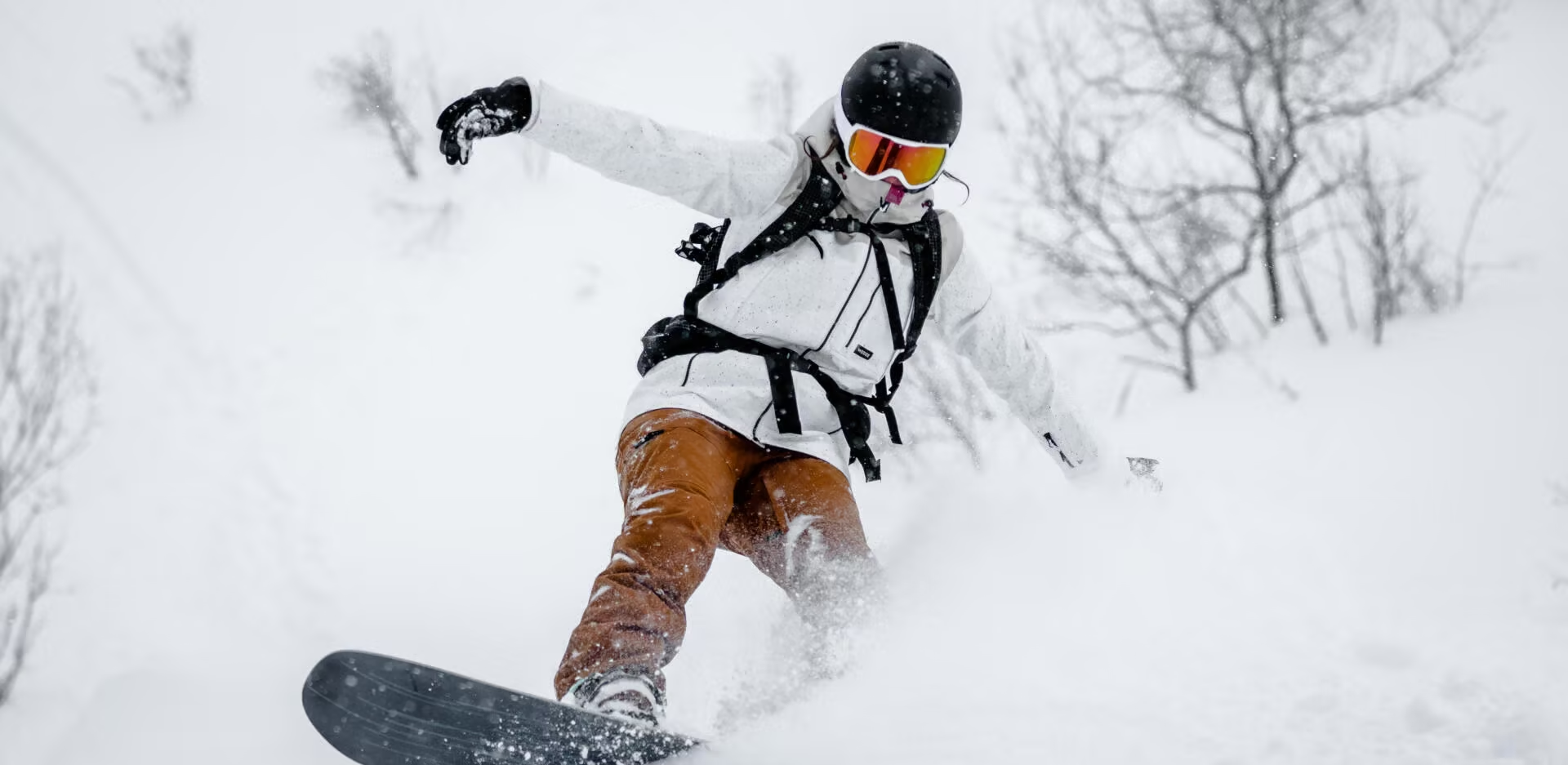
Snowboarding is an exhilarating winter sport that continues to gain popularity around the world. Whether you are a seasoned pro or just starting out, the construction of your snowboard plays a crucial role in your performance on the slopes. One of the most significant factors affecting a snowboard’s performance is the material used in its construction. In this article, we will explore the best materials for snowboard construction, their properties, and how they impact your riding experience.
Wood Core
The core of a snowboard is its foundation and plays a vital role in its overall performance. While different types of wood can be used, the most commonly used woods for snowboard cores are poplar, bamboo, and paulownia. These woods offer a balance of strength, flexibility, and lightweight characteristics.
Poplar is widely used in snowboard cores due to its responsive nature and durability. It provides a good combination of strength and flexibility, allowing for smooth flex patterns and easy maneuverability. Poplar cores are often found in all-around boards and are suitable for a wide range of riding styles.
Bamboo is another popular choice for snowboard cores. It is known for its lightweight properties and excellent strength-to-weight ratio. Bamboo cores provide a lively and snappy feel, making them ideal for freestyle and park riders who value responsiveness and quick maneuvers.
Paulownia is a lightweight wood that offers excellent strength and flexibility. It is often used in high-end snowboard constructions, as it provides a responsive and lively ride. Paulownia cores are commonly found in freeride and powder-specific boards, as they offer a good balance of weight reduction and performance.
Fiberglass
Fiberglass is an essential component of snowboard construction. It is used to provide strength and stability, as well as to control the flex pattern of the board. Fiberglass is typically woven or stitched into sheets and then infused with epoxy resin, which binds the layers together.
The most common types of fiberglass used in snowboard construction are bi-axial and tri-axial fiberglass. Bi-axial fiberglass consists of two layers of fiberglass woven at 90-degree angles to each other. This configuration provides a consistent flex and torsional stiffness, allowing for enhanced control and stability.
Tri-axial fiberglass, on the other hand, consists of three layers of fiberglass woven at different angles. This configuration adds an extra layer of torsional stiffness, making the board more responsive and providing better edge hold.
Carbon Fiber
Carbon fiber is a lightweight and incredibly strong material that is often used in high-performance snowboards. It offers excellent stiffness and strength-to-weight ratio, making it ideal for riders who prioritize responsiveness and precision.
Carbon fiber is typically incorporated into snowboard construction in the form of carbon stringers or carbon laminates. Carbon stringers are thin strips of carbon fiber that run along the length of the snowboard. They provide added stiffness and pop, allowing for increased energy transfer and improved performance.
Carbon laminates, on the other hand, are layers of carbon fiber that are integrated into the fiberglass composite of the snowboard. They enhance the board’s torsional stiffness, providing better edge hold and stability during high-speed turns.
Carbon fiber is commonly found in freeride, freestyle, and high-performance boards. Its use varies depending on the desired characteristics of the snowboard, with some boards incorporating minimal carbon fiber for added stiffness, while others feature a higher concentration for maximum responsiveness.
Metal Edges
Metal edges are an essential component of snowboard construction, as they provide grip and control on icy or hard-packed snow. Most snowboards have metal edges that run along the sides of the board, from the tip to the tail.
Then the most common material used for snowboard edges is stainless steel. Stainless steel offers excellent durability, corrosion resistance, and edge retention. It provides reliable edge hold and stability, allowing riders to maintain control even on icy or challenging terrain.
Some advanced snowboards feature additional technologies such as serrated edges or magnetraction. These technologies incorporate multiple contact points along the edge, enhancing grip and edge hold on hard snow conditions.

